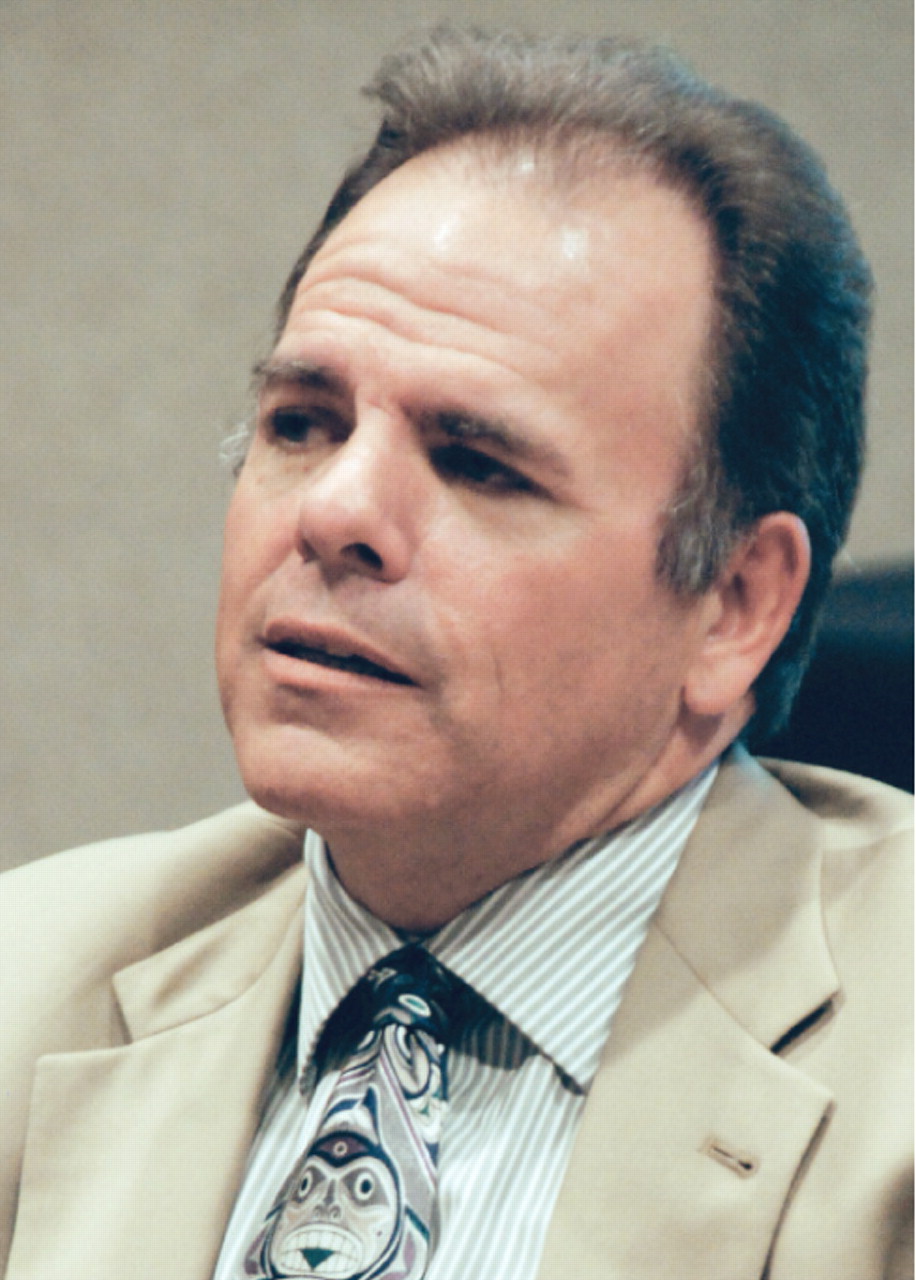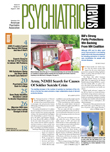Trauma lies behind much of the disproportionate levels of psychiatric and physical illness in American-Indian and Alaska-Native populations, but how far behind depends on who is talking.
High rates of road accidents, suicide, diabetes, alcoholism, and other forms of premature death and illness among these populations arise from historical trauma—“cumulative emotional and psychological wounding over lifetimes and across generations,” according to Maria Yellow Horse Brave Heart, Ph.D., an associate professor at the Columbia University School of Social Work. She is a member of the Hunkpapa and Oglala Lakota tribes.
Five hundred years of conquest, expulsion, death, cultural deprivation, and mistreatment have left North American native populations with much unresolved grief about their history, which must be openly discussed if it is to be resolved, she said at the annual meeting of the National Association for Rural Mental Health in Albuquerque in June.
Bearing that grief, they often retreat into the past as a form of avoidance, fantasizing about reuniting with their ancestors. The trauma doesn't merely affect those who experienced it firsthand but is passed down to succeeding generations who can't escape its clutches, said Brave Heart, who derives much of the theoretical underpinning for her views from studies of survivors of the European Jewish Holocaust and their children.
“Historical trauma is like complicated grief, full of yearnings and guilt feelings,” said Brave Heart of the experiences of North American native populations. “People think that if they are not suffering, they are not being loyal to their ancestors.”
However, medical anthropologist Spero Manson, Ph.D., draws much different conclusions from his own epidemiological studies of trauma in American-Indian populations. What people living today experience counts more than what happened to their ancestors, he said at the conference.
“Historical trauma, secondary traumatization, and intergenerational grief need to be examined rigorously, but I think they make only a modest contribution to risk compared to current trauma,” said Manson, a Pembina Chippewa and a professor of psychiatry and head of the American Indian and Alaska Native Programs at the University of Colorado Health Sciences Center in Aurora, Colo.
Manson and colleagues studied psychiatric epidemiology and mental health service use among 3,084 members of two tribal groups in the Southwest and the Northern plains from 1997 to 1999. They found overall lifetime rates of exposure to trauma of 63 percent to 70 percent, depending on location. These were higher than the rates in the general U.S. population of 61 percent for men and 51 percent for women, as determined through the National Comorbidity Survey. Notably, trauma rates for men and women among the tribal populations were roughly equal, unlike in the general population.
Physical abuse that was nonsexual led to more psychiatric or emotional problems in the study populations than did sexual abuse, with alcohol often a contributing factor to violence or injury. Since 40 percent of primary care complaints in this population involve pain, physical abuse may serve as the factor connecting trauma to pain, he said. Trauma was also associated with risk for and high rates of onset and poor control of diabetes, asthma, and chronic obstructive pulmonary disease.
Giving focused attention to preventing and treating trauma would ameliorate its physical and psychological sequelae, said Manson. “We can draw on local solutions for local problems, despite the chronic and debilitating nature of trauma.”
In addition, more research is needed to justify new programs such as telehealth systems and to systematically address and care for these types of problems, he said.
For her part, in 1992 Brave Heart founded the Takini Network, an organization that promotes community healing from the intergenerational trauma she has identified. She has conducted more than 200 talks and training sessions in the United States and Canada. They have helped communities acknowledge and understand the history behind their current social and psychological problems, she said. ▪

